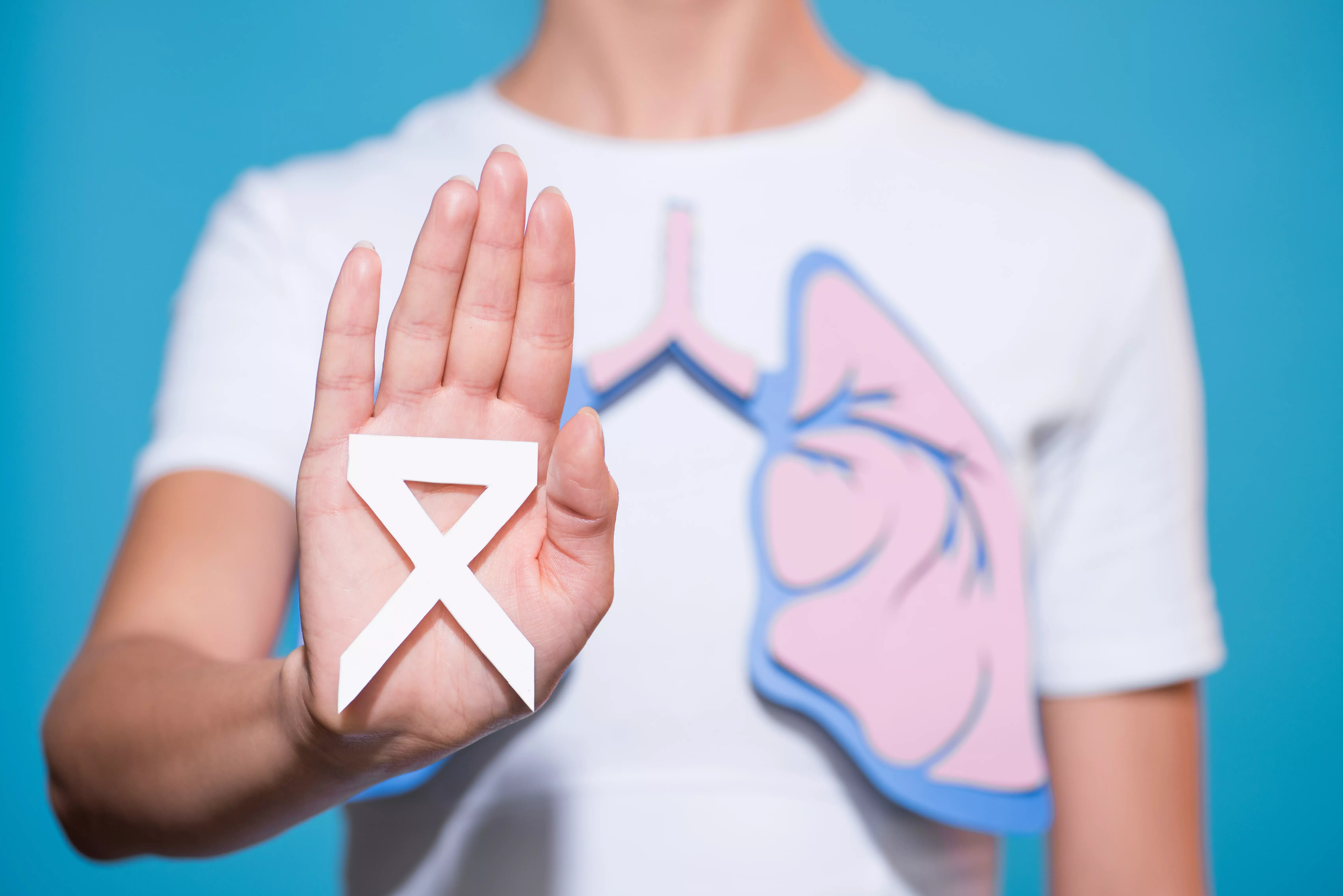Radiotherapy in the treatment of lung cancer
Lung cancer is one of the most common cancers in the world and poses a serious public health threat. Treatment of lung cancer is complex and multidisciplinary, and radiation therapy is one of the key components of the process. In this article, we will discuss how radiation therapy is used to treat lung cancer.
What is radiation therapy?
Radiation therapy, also known as radiation therapy, is a cancer treatment method that uses high-energy radiation directed at a tumor to destroy cancer cells. In the case of lung cancer, radiation therapy is often used in combination with other forms of treatment, such as surgery or chemotherapy, to make the treatment more effective.
How is radiation therapy used to treat lung cancer?
Radiation therapy can be used in different ways to treat lung cancer, depending on the type of cancer, the stage of the disease, the patient's overall health and other factors.
It can be used as a primary treatment, especially in patients in whom surgery is not possible due to the location of the tumor or general health. In other cases, radiation therapy may be used after surgery to destroy any remaining cancer cells, or in combination with chemotherapy as a treatment for advanced conditions.

What does radiation therapy treatment look like?
Radiation therapy usually involves external irradiation of the tumor, meaning that radiation is emitted by a device outside the patient's body. Before treatment begins, the patient goes through a planning process that includes obtaining detailed images of the body using computed tomography (CT) or magnetic resonance imaging (MRI). These images are then used to create a customized treatment plan that determines the exact area to be irradiated.
The radiation therapy procedure itself usually takes a few minutes and is carried out five days a week for several weeks. The patient lies on a table while a radiation therapy machine moves around him or her, delivering radiation from different directions.
Potential side effects of radiation therapy
Like most forms of cancer treatment, radiation therapy can cause side effects. The most common side effects of radiation therapy for lung cancer treatment include fatigue, skin reactions (such as redness, itching or dry skin on the area being irradiated), difficulty swallowing, coughing, shortness of breath and loss of appetite. Most of these side effects, however, are temporary and disappear after treatment ends.
Conclusions
Radiation therapy is an important part of lung cancer treatment and can significantly increase patients' chances of survival.

Add comment